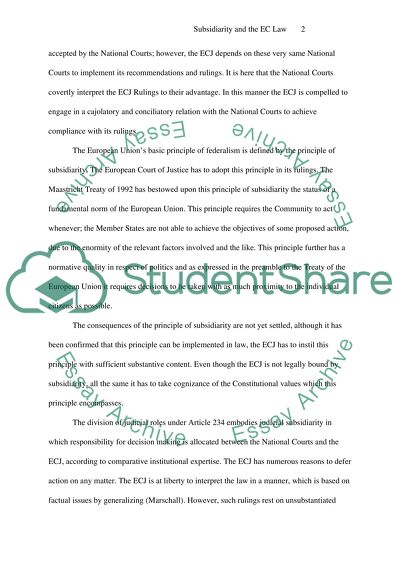Cite this document
(“Subsidiarity and EU Law Essay Example | Topics and Well Written Essays - 3750 words”, n.d.)
Subsidiarity and EU Law Essay Example | Topics and Well Written Essays - 3750 words. Retrieved from https://studentshare.org/law/1502885-subsidiarity-and-eu-law
Subsidiarity and EU Law Essay Example | Topics and Well Written Essays - 3750 words. Retrieved from https://studentshare.org/law/1502885-subsidiarity-and-eu-law
(Subsidiarity and EU Law Essay Example | Topics and Well Written Essays - 3750 Words)
Subsidiarity and EU Law Essay Example | Topics and Well Written Essays - 3750 Words. https://studentshare.org/law/1502885-subsidiarity-and-eu-law.
Subsidiarity and EU Law Essay Example | Topics and Well Written Essays - 3750 Words. https://studentshare.org/law/1502885-subsidiarity-and-eu-law.
“Subsidiarity and EU Law Essay Example | Topics and Well Written Essays - 3750 Words”, n.d. https://studentshare.org/law/1502885-subsidiarity-and-eu-law.


